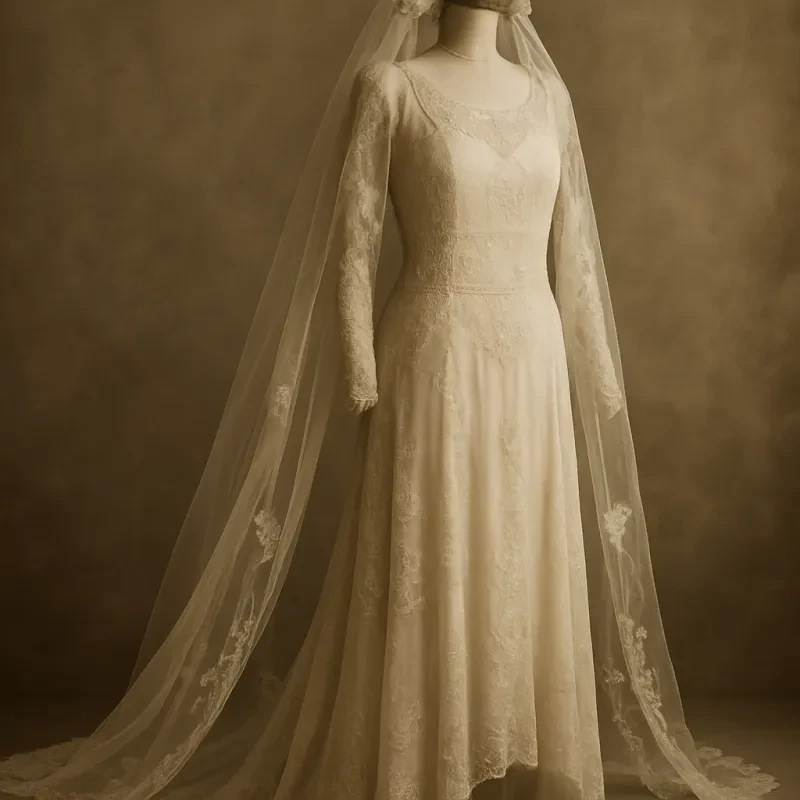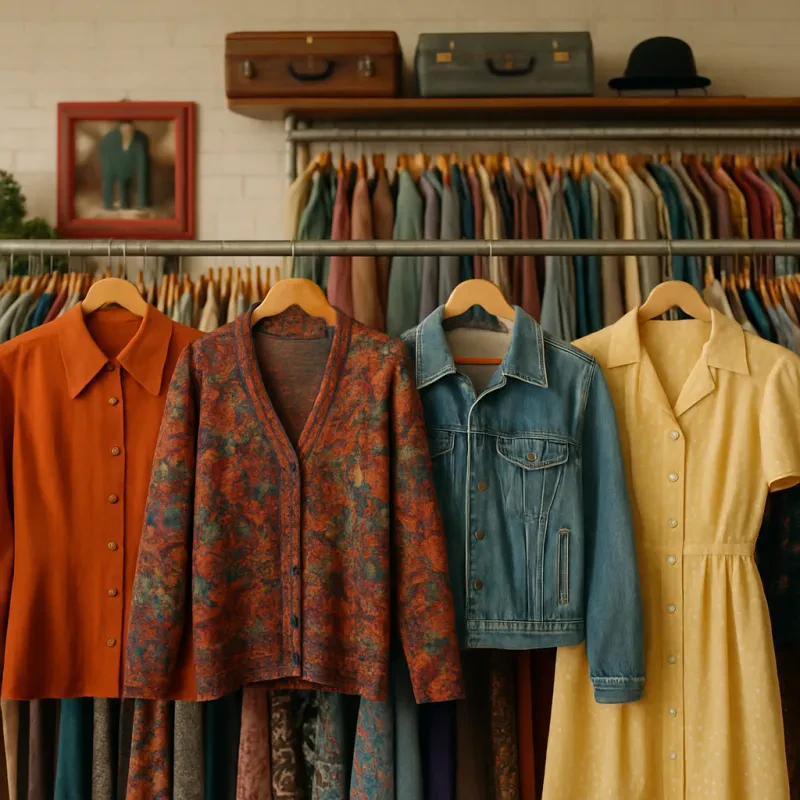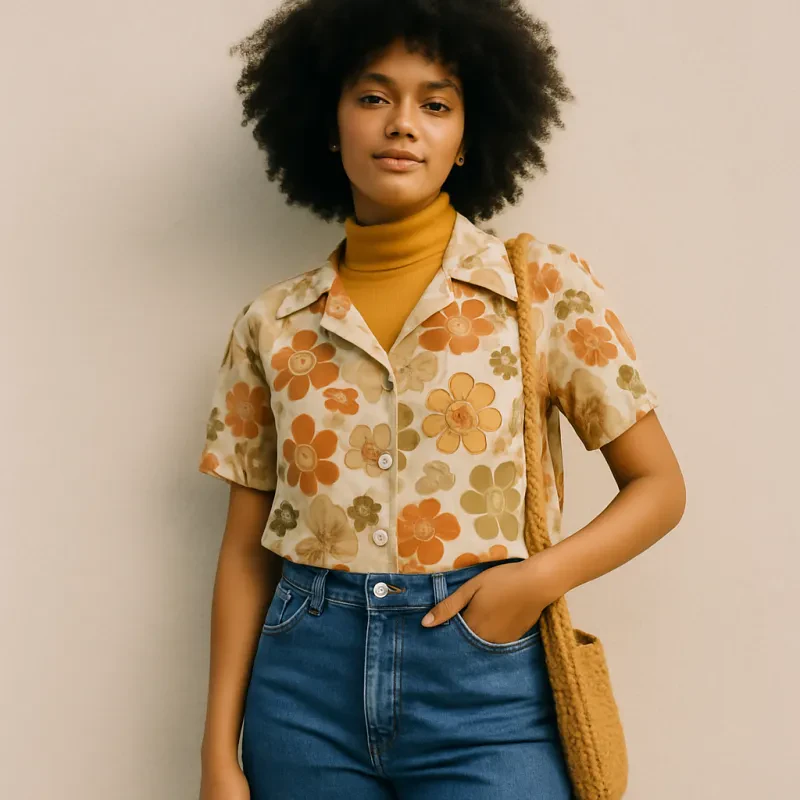During the 1940s, war-time fashion took on a more elegant and practical style as women adapted to the restrictions in materials and resources due to World War II. With rationing in full swing, women had to get creative with their wardrobes, leading to a more streamlined and sophisticated look.
One iconic piece of war-time fashion from this era was the utility dress, which featured functional details like pockets and buttons. These dresses were often made from durable fabrics like cotton or wool, giving women a sense of strength and resilience during a turbulent time.
Accessories also played a key role in 1940s fashion, with women opting for practical yet stylish options like headscarves, leather gloves, and chunky heels. This attention to detail added a touch of glamour to everyday outfits, helping women maintain a sense of normalcy amidst the chaos of war.
1950s: The Rise of Poodle Skirts
The 1950s saw the rise of an iconic fashion trend that has become synonymous with the decade - poodle skirts. These skirts were characterized by their full, flared shape and a poodle appliqué usually sewn onto the fabric. The popularity of poodle skirts can be attributed to their fun and youthful aesthetic, which perfectly matched the upbeat and optimistic mood of post-war America.
Women of all ages embraced the poodle skirt, making it a versatile and accessible fashion choice. Teenagers especially loved the playful and whimsical nature of the skirt, often pairing it with a comfortable cardigan and a pair of saddle shoes for a classic 1950s look. Poodle skirts were also a popular choice for swing dancing, as the full skirt twirled beautifully on the dance floor, adding to the fun and excitement of the dance.
Although the poodle skirt eventually faded out of mainstream fashion by the end of the 1950s, its influence can still be seen in modern fashion trends. The retro charm of the poodle skirt continues to inspire designers and fashion enthusiasts, reminding us of a time when fashion was as fun and carefree as the iconic poodle skirt itself.
1960s: Flower-Power and Mini Skirts
The 1960s saw a massive shift in women's fashion, moving away from the structured silhouettes of the previous decade and embracing a more free-spirited and rebellious style. The hippie movement of the mid-60s brought about the era of "flower power," with women opting for flowing maxi dresses adorned with colorful floral patterns. These loose-fitting garments symbolized a rejection of societal norms and a desire for peace and harmony.
One of the most iconic fashion trends of the 1960s was the mini skirt, which first gained widespread popularity in 1965 thanks to British designer Mary Quant. This revolutionary garment challenged traditional ideas of modesty and femininity, empowering women to embrace their bodies and showcase their legs. The mini skirt quickly became a staple in women's wardrobes, representing a newfound sense of liberation and self-expression.
Accessories also played a key role in 1960s fashion, with bold and colorful patterns making a splash in handbags, scarves, and jewelry. The youth-driven counterculture of the decade inspired women to experiment with unconventional styles and materials, leading to the rise of psychedelic prints and statement accessories. This era marked a significant departure from the conservative looks of the 1950s, as women sought to break free from societal expectations and express their individuality through fashion.
1970s: Disco Glam and Boho Chic
In the 1970s, women's fashion took a dramatic turn with the rise of disco glam and boho chic styles. Disco glam was all about glitz and glamour, with sparkly, form-fitting dresses, high platform shoes, and bold accessories like oversized sunglasses and statement jewelry. This flashy look was epitomized by icons like Diana Ross and Cher, who were known for their show-stopping ensembles that sparkled under the disco ball lights.
On the other end of the spectrum was boho chic, a trend inspired by the free-spirited fashion of the 1960s counterculture movement. This look was characterized by flowing maxi dresses, peasant blouses, fringed vests, and lots of layered jewelry. Boho chic was all about embracing individuality and expressing a carefree, laid-back attitude. Style icons like Stevie Nicks and Jane Birkin epitomized this effortless bohemian look, which remains popular to this day.
What set the 1970s apart from previous decades was the wide range of fashion trends that coexisted simultaneously. Women could choose to embrace the disco glam aesthetic with its high-octane glamour, or opt for the more relaxed boho chic look that celebrated individuality and freedom. This decade was all about self-expression and breaking free from traditional fashion norms, paving the way for a more diverse and inclusive approach to women's style.


